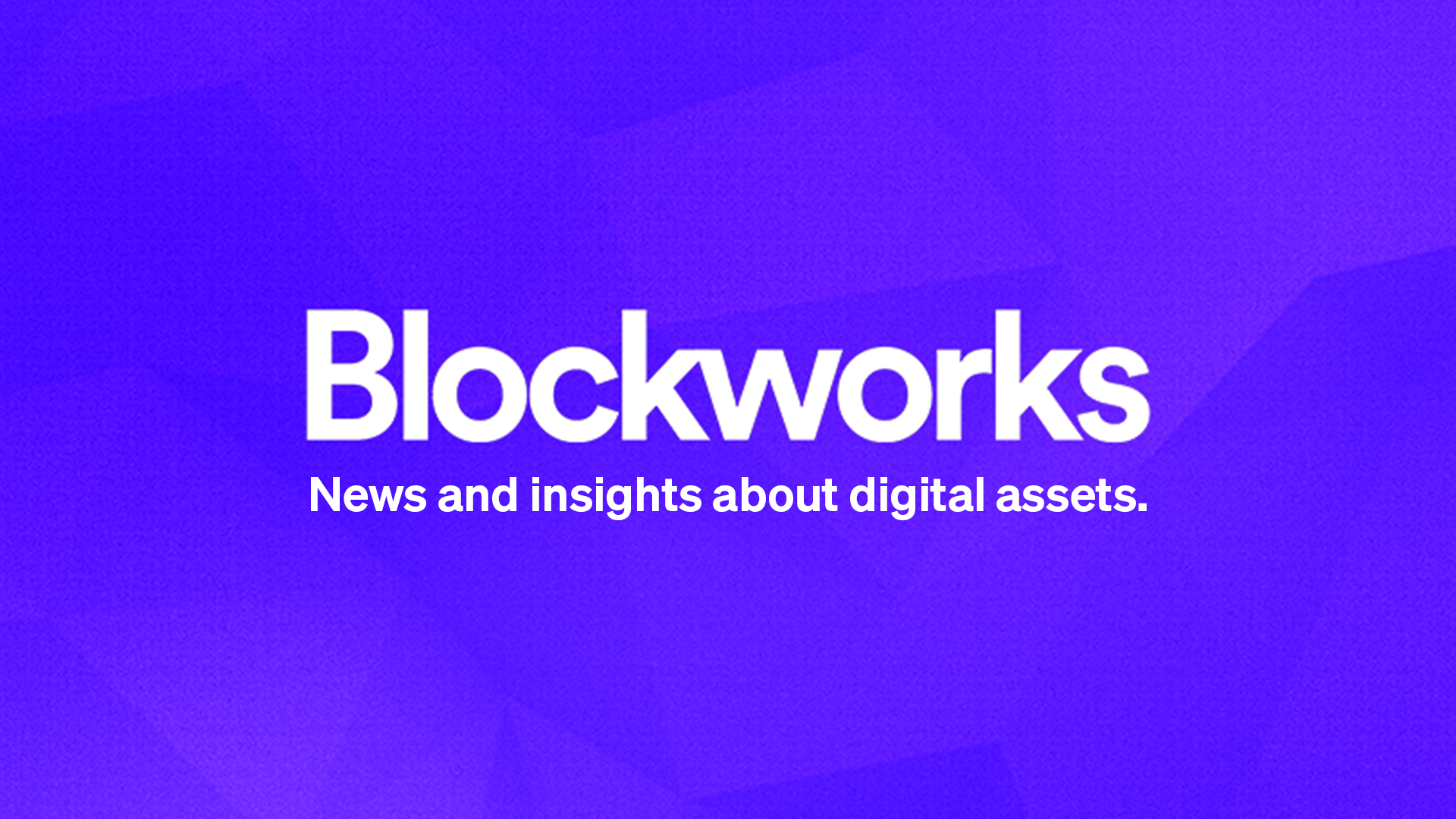ARTICLE AD BOX
This is a segment from The Breakdown newsletter. To read more editions, subscribe
“The problem with the world is that the intelligent people are full of doubts, while the stupid ones are full of confidence.”
— Charles Bukowski
An academic study flagged by Tyler Cowen might inadvertently explain why the cryptosphere is so male dominated.
The researchers report their findings that the advantage men sometimes have in intelligence testing is eliminated (or reversed) when the tests are adjusted for confidence levels.
Men and women, they find, differ primarily in how sure they’re right: Men are more likely to act as though they’re certain, women are more likely to hedge or admit uncertainty.
This maps neatly to investing styles, I think — crypto-investing styles, especially.
Crypto culture often valorizes conviction (“diamond hands,” “HODL”) and punishes hesitation.
Men are overrepresented in crypto not because they’re more willing to take risks, but because the culture and payoff structure reward overconfidence.
Charles Bukowski says overconfidence is the problem with the world, but there’s something to be said for being irrationally sure that you’re right — if startup founders weren’t overconfident in their odds of success, for example, we might not ever have any new companies.
I’d argue that early Bitcoiners were similarly overconfident. But also that they had to be because you’ll never hit a 10,000x investment if you carefully weigh the risk/reward.
Those kinds of returns can only be achieved through belief.
Only a true believer could resist the urge to sell up 10, 100 or a 1,000x.
This, I suspect, is why men are so overrepresented in crypto: They’re better at believing they’re right.
There’s now a stock on a blockchain
Bringing stocks onchain has been a crypto talking point for years, but the Galaxy shares on Solana as of this week are the first ones to actually get there.
Most “real-world assets” that claim to be onchain are just IOUs for assets that remain off-chain.
Tokenized Galaxy shares, by contrast, are the real thing — holding Galaxy onchain makes you a shareholder in Galaxy, not a creditor to an intermediary that holds them on your behalf.
You can even take Galaxy shares held in your brokerage account and send them to Superstate to be tokenized on Solana.
There’s not much reason to do that, because you can’t stake, LP or even buy or sell them onchain as of yet.
For now, it’s just a different form of recordkeeping.
But recordkeeping is important.
It means Galaxy could raise capital onchain which is not otherwise possible; or maybe even airdrop shares to incentivize some new behavior.
Superstate’s Robert Leshner says that “moving the recordkeeping from stacks of middlemen to just the token is going to facilitate all these subtle upgrades to the system.”
It’s unclear what that means in practice, but Leshner believes it will bring crypto’s “unbridled innovation” to traditional assets.
Which sounds terrifying.
But fun.
In addition to the first stock going onchain, we might soon have the first token to go off-chain: “Woodcoin” is pitched as “the first cryptocurrency you can carry in your pocket.”
As the name suggests, these are coins made from wood, which sounds like the least crypto thing imaginable.
But they qualify as crypto because “the images of the coins are secured using cryptographic hash functions and shared via a peer-to-peer network.”
As far as I can tell, no coins have been issued as of yet.
But Woodcoin has big, Bitcoin-like ambitions: “By replacing trust in fiat issuers with trust in physical uniqueness, Woodcoin provides a foundation for trade that is immune to inflationary abuse, resistant to seizure and adaptable to global economic growth.”
The project’s white paper makes a convincing case for why it would make a better global currency than either gold (too heavy) or bitcoin (too deflationary).
It also faults Bitcoin for the “vast electricity consumption” of its proof-of-work mining process.
Woodcoin, by contrast, is secured by a “shared registry and the physical uniqueness of each coin,” which does not involve burning any energy.
We wood have to cut down some trees, though.
Nasdaq taps the brakes on DATs
Yueqi Yang reports that would-be digital asset treasury companies (DATs) are facing new obstacles: “Nasdaq recently told some publicly listed companies that under certain circumstances, their shareholders would need to approve the plan to raise capital to buy crypto, according to people familiar with the matter.”
That doesn’t seem like a lot to ask — shouldn’t shareholders get to vote on such a major change of direction?
But slowing the process down even a little might scuttle the whole trade.
Announcing a shareholder vote on a proposal to pivot to crypto is unlikely to elicit the same market enthusiasm as announcing the pivot as a fait accompli.
And without that first pop, what’s the point? DATs only work if investors are excited about them.
If nothing else, Yang’s reporting is a reminder that exchanges are also regulators — and a warning that they’re not entirely sold on their listings pivoting to crypto.
They haven’t told anyone to stop. But with the DAT trade already stalling, just tapping the brakes might be enough to bring the trade to a standstill.
In a Substack post, David Morris contends that the 24,000 BTC held on the balance sheet of the crypto exchange Bullish was effectively stolen.
He traces the history of Bullish back to 2017, when the corporate entity behind the EOS blockchain, Block.One, raised $4.1 billion in an ICO.
Morris cites an EOS community member, Yves La Rose, who says the proceeds were never used to develop EOS, as token holders must have expected.
Instead, they were used to buy the 24,000 bitcoin that can now be found on the Bullish balance sheet.
“A less diplomatic way of putting it,” Morris writes, “would be that EOS is a failure because Block.One stole all the investors’ money.”
“Stole” sounds too strong to me.
Once EOS investors sent their money to Block.One, I’m guessing Block.One was not under any legal obligation to employ it to the benefit of EOS token holders.
Diverting it to the balance sheet of an unrelated entity does seem unethical, though, which is Morris’ main message. He warns the new holders of Bullish equity that they “shouldn’t expect much more ambition or honesty from this team than it has shown at any other moment after a big payout.”
Unlike token holders, however, equity holders have legal rights, so they should be treated more fairly.
But Morris warns they’re already being misled.
He cites Dave Wang, who says that Bullish’s preferred accounting metric is deliberately misleading: “The headline 2024 ‘adjusted transaction revenue’ is ~$158 million whereas core transaction revenue is $2 million,” he wrote on X.
Wang calls Bullish “a meticulously engineered illusion” that should be valued at “a steep discount to the company’s net liquid assets” — which is almost the worst possible thing an analyst can say about a company.
Still, I can’t imagine this is news to the institutional investors who bought into the Bullish IPO — they tend to be good at accounting, and presumably did their due diligence before sending Bullish $1.1 billion.
But they were probably all TradFi bros, too, so that might have been overconfident.
Get the news in your inbox. Explore Blockworks newsletters:
- The Breakdown: Decoding crypto and the markets. Daily.
- 0xResearch: Alpha in your inbox. Think like an analyst.
- Empire: Crypto news and analysis to start your day.
- Forward Guidance: The intersection of crypto, macro and policy.
- The Drop: Apps, games, memes and more.
- Lightspeed: All things Solana.
- Supply Shock: Bitcoin, bitcoin, bitcoin.
 1 day ago
783
1 day ago
783









 English (US) ·
English (US) ·